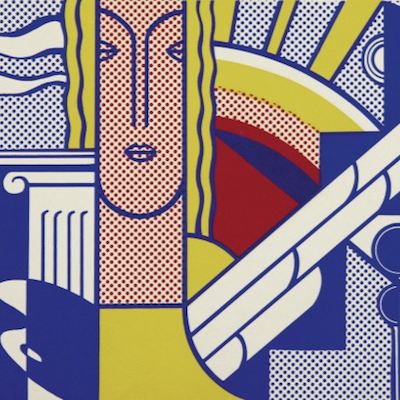
Details
Artist
Styles
Steel, engraved signature // Nagel, Düsseldorf Arcaden by Günther Uecker, created in 2008, is a metal sculpture representing the artist's iconic use of nails as a central motif. The sculpture is a single, elongated steel nail with a minimalistic design, leaning against the wall. Uecker, known for his fascination with nails, uses them as symbols of tension, pain, and resilience. The piece, engraved with his signature, emphasizes simplicity and materiality while inviting viewers to reflect on its potential meanings—ranging from industrial symbolism to themes of vulnerability and strength. The work captures the artist's ability to transform everyday objects into powerful, conceptual statements.
Nagel, Düsseldorf Arcaden, 2008
form
Medium
Size
31 x 2 X 2 cm
- Inches
- Centimeters
Edition
Price
Details
Artist
Styles
Steel, engraved signature // Nagel, Düsseldorf Arcaden by Günther Uecker, created in 2008, is a metal sculpture representing the artist's iconic use of nails as a central motif. The sculpture is a single, elongated steel nail with a minimalistic design, leaning against the wall. Uecker, known for his fascination with nails, uses them as symbols of tension, pain, and resilience. The piece, engraved with his signature, emphasizes simplicity and materiality while inviting viewers to reflect on its potential meanings—ranging from industrial symbolism to themes of vulnerability and strength. The work captures the artist's ability to transform everyday objects into powerful, conceptual statements.
- Recently Added
- Price (low-high )
- Price (high-low )
- Year (low-high )
- Year (high-low )
What is late modernism?
Late Modernism refers to the continuation and evolution of Modernist principles in art, architecture, and literature from the mid-20th century into the late 20th century. This movement maintains a focus on form, abstraction, and the rejection of traditional styles, but it often incorporates more complexity and ambiguity compared to early Modernism. Late Modernism explores themes such as alienation, identity, and the fragmentation of reality, reflecting the social and cultural shifts of the post-war period. It is seen in the works of architects like Louis Kahn and artists like Francis Bacon, who pushed the boundaries of Modernism while responding to the changing world around them.































